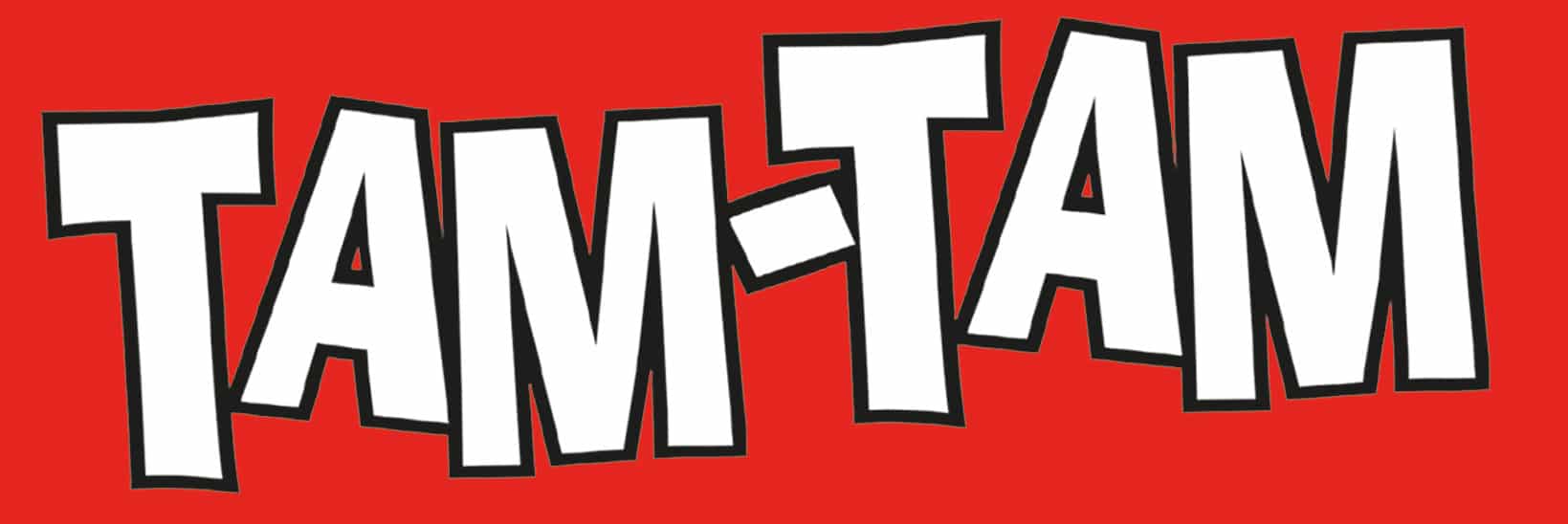Accounts Receivable would be debited, and the Bad Debt Expense account would be reduced. An estimate shall be calculated each year and booked as an expense
in order to avoid the wrong treatment of bad debt expense. Whereas management estimates the write-off in the allowance method, the direct write-off method is based on an actual amount.
- In contrast, the allowance method requires you to report bad debt expenses every fiscal year.
- This is a contra asset account that lessens your Accounts Receivable, and can also be called a Bad Debt Reserve.
- But, the write off method allows revenue to be expensed whenever a business decides an invoice won’t be paid.
- The second entry records the payment in full with Cash increasing (debit) and Accounts Receivable decreasing (credit) for the amount received of $15,000.
- This means that when the loss is reported as an expense in the books, it’s being stacked up on the income statement against the revenue that’s unrelated to that project.
In exchange for $ 5,000, an accounting firm compiles a company’s financial accounts in accordance with applicable legislation and delivers them over to the company’s directors. The firm is following up with the Company’s directors on a regular basis, but they are not responding. The company then debits $ 5,000 from Bad Debts Expenses and credits $ 5,000 from Accounts Receivables. The firm’s partners decide to write off these $ 5,000 receivables as non-recoverable Bad Debts.
The direct write off method and its example
In this case, the accounts receivable account is reduced by $3,000 and is recorded as a bad debt expense. This means that when the loss is reported as an expense in the books, it’s being stacked up on the income statement against the revenue that’s unrelated to that project. Now total revenue isn’t correct in either the period the invoice was recorded or when the bad debt was expensed.
Later, when a specific account receivable is actually written off as uncollectible, the company debits Allowance for Doubtful Accounts and credits Accounts Receivable. Usually many months will pass between the time of the sale on credit and the time that the seller knows with certainty that a customer is not going to pay. This is why, for purposes of financial reporting (not tax reporting), companies should use the allowance method rather than the direct write-off method. The financial accounting term allowance method refers to an uncollectible accounts receivable process that records an estimate of bad debt expense in the same accounting period as the sale. Instead, GAAP and IFRS require that companies use the allowance method to report credit losses.
Direct Write-off Method FAQs
Unfortunately, this will give a false sense of your business’s Accounts Receivable. It will result in an inflated revenue in the previous period, but understated value in the next. Although only publicly held companies must abide by GAAP rules, it is still worth considering the implications of knowingly violating GAAP. Because write-offs frequently occur in a different year than the original transaction, it violates the matching principle; one of 10 GAAP rules. Payroll management and employee management are integral to any organization. If you are looking for a holistic and automated tool to manage payroll, employees, expenses, contractor management, Deskera People could be the apt solution.
Pledging, Selling, Direct Write-Off Method
GAAP says that all recorded revenue costs must be expensed in the same accounting period. Instead of creating a provision on 2018, Nina will write off the
bad debt in 2019 by debiting the bad debt expense account and crediting the
accounts receivable as shown below. There are two methods companies use to account for uncollectible accounts receivable, the direct write-off method and the allowance method. Please note that using the bad debts direct write-off method is not permitted under GAAP (Generally Accepted Accounting Principle) and IFRS (International Financial Reporting Standards).
Pro: It’s simple
If you are a business owner who requires regular insights about recording accounts, Akounto contributes to corporate citizenship by helping maintain accurate books of accounts. Expert support helps in responsible free invoice generator by invoiced decision-making and safeguarding the stakeholders’ interests. As you can see, writing off an account should only be done if you are completely certain that the full account is uncollectable.
What is the Direct Write-Off Method?
The direct write off method is a way businesses account for debt can’t be collected from clients, where the Bad Debts Expense account is debited and Accounts Receivable is credited. As a result, although the IRS allows businesses to use the direct write off method for tax purposes, GAAP requires the allowance method for financial statements. It would still be better if the bad debt expenses are booked as
per the allowance method but wouldn’t really affect the reliability of
financial statements since the amount is immaterial. This is why GAAP doesn’t allow the direct write-off method for financial reporting. The direct write-off method is easier than the allowance method since it handles uncollectible accounts with a single journal entry.
Prepaid Expenses: Definition, Recording & Example
Two primary methods exist for estimating the dollar amount of accounts receivables not expected to be collected. GAAP requires that businesses extending credit to customers use the allowance method, which means they estimate uncollectible accounts. The allowance method accounts for the bad debt of an unpaid invoice in the same time period as the invoice that was raised.


